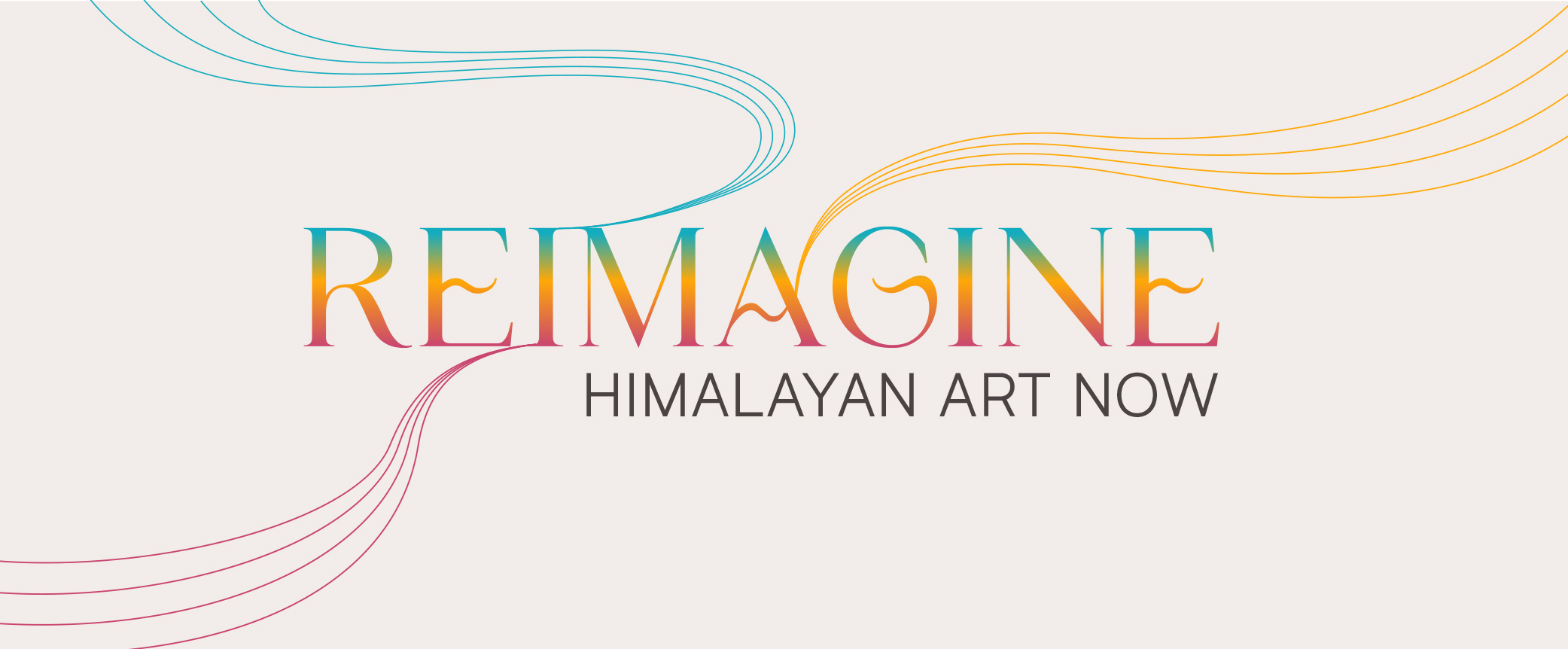
LuYang
Reimagine: Himalayan Art Now
March 15–October 6, 2024
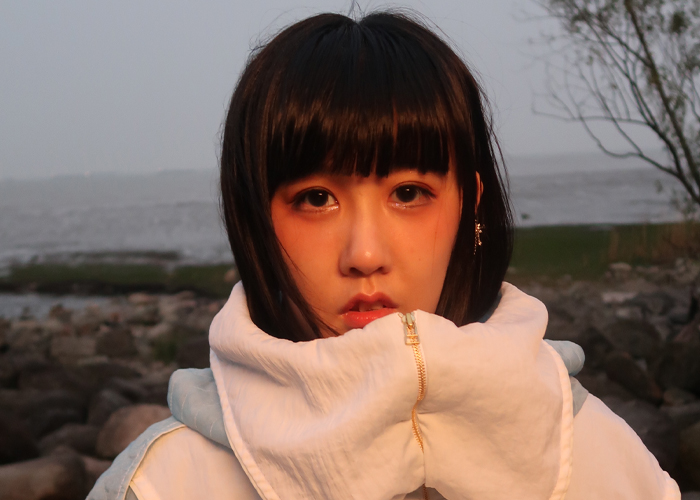
LISTEN TO THE ARTIST
ABOUT THE ARTIST
LuYang (they/them)
b. 1984, Shanghai, China; lives and works in Tokyo, Japan
LuYang’s narratives draw heavily from Tibetan Buddhist philosophies and incorporate non-binary, post-human avatars with fluid identities. Intertwining new technologies, science, pop culture, and Buddhist and Hindu belief systems, their work radically questions cultural identity, bodies and gender, human mortality, global destruction, and the perception of reality.
The artist explores the notion that virtual existence can extend or replace physical existence, creating unlimited possibilities for humanity in the future. They question the idea of an identity anchored in the body, proposing multiple identities and realities across time and space. For them, identity is impermanent with no fixed self, an idea grounded in the Buddhist concept of impermanence.
ABOUT THE ARTWORKS IN REIMAGINE
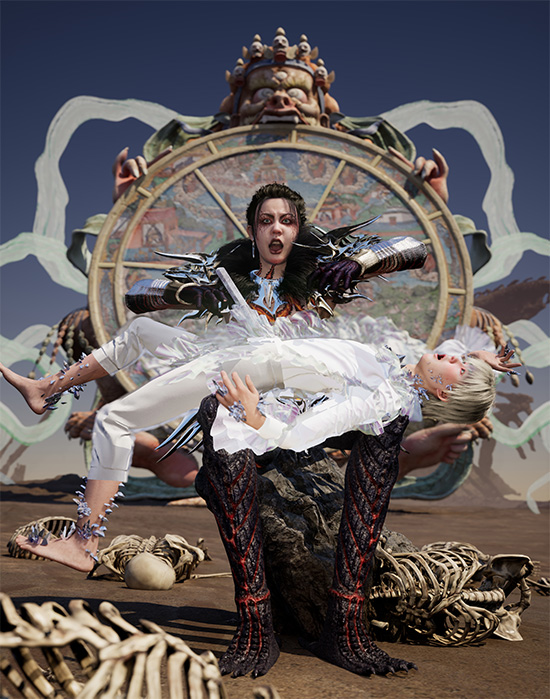
Binary Wheel is LuYang’s reimagining of the Wheel of Life emphasizing the interconnectedness of all living things and the mutually perpetuating forces of happiness and suffering in the cycle of life. Featured in front of the wheel are the DOKU avatars for Heaven and Hell engaged in a sort of dance and unable to escape Yama, the wrathful deity who devours time, represents impermanence, and is devoted to protecting Buddhism and Buddhists.
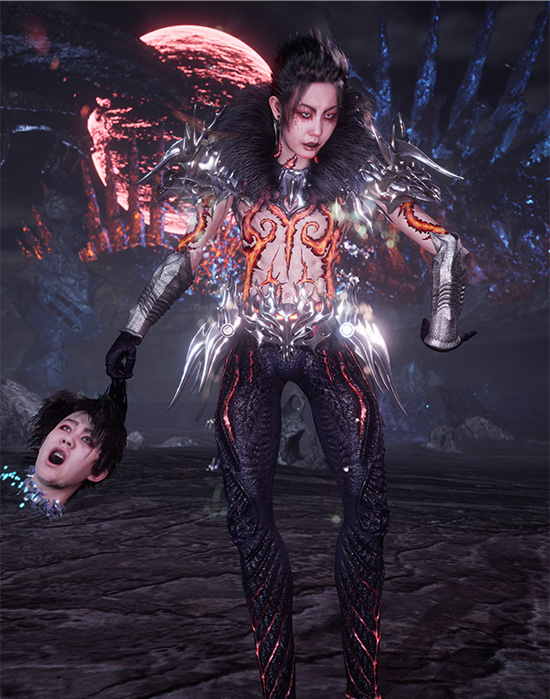
In the Buddhist Wheel of Life, Hell is the lowest realm, and those reborn there must endure enormous suffering until their bad karma has been atoned for and they can be reborn into a higher realm. With nods to sci-fi, the Hindu goddess of death and destruction Kali, and Caravaggio’s famous painting David with the Head of Goliath, LuYang’s Hell avatar dances with a severed head in their hand, perhaps hinting at the symbolic death of the artist, who is decapitated by their avatar.
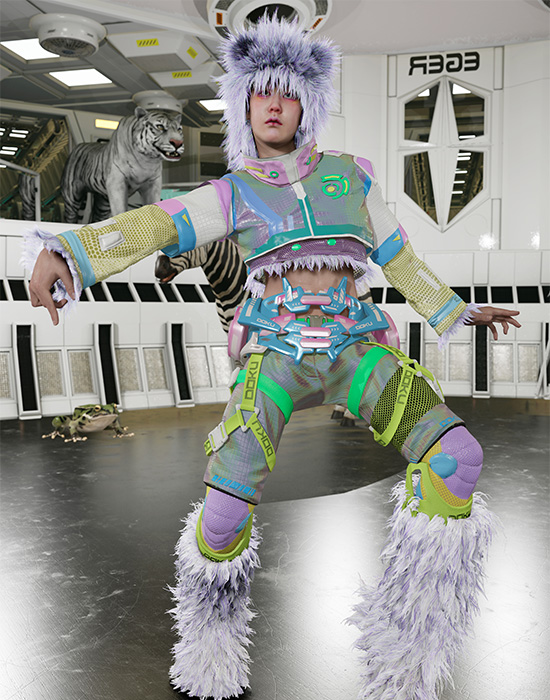
In the Buddhist Wheel of Life, the Animal realm is one of the lower realms, where inhabitants are driven by the mechanical need to eat, sleep, and procreate. In their film, LuYang reimagines this realm with animals in a lab-like setting on treadmills, fabricating a sense of a life on autopilot and driven by satisfying basic needs.

In the Buddhist Wheel of Life, the Asura, or demi-god, realm is considered one of the higher realms. The demi-gods live a more pleasurable life than humans, yet they are sometimes depicted as enemies of the god-like inhabitants of Heaven and plagued by envy for them, causing jealousy and hate. This striking Asura avatar blurs the lines of demon and god, with strong red armor and gold halo-like rings encircling their equanimous face.
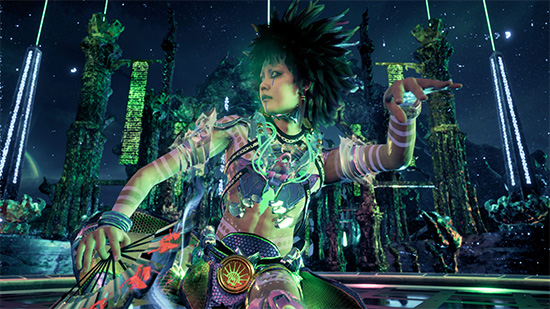
DOKU is the avatar of the artist at the center of this video, who actively practices Buddhist visualization with the purpose of becoming less attached to the self. The name DOKU is derived from the phrase dokusho dokushi, meaning “we are born alone, and we die alone.” LuYang’s first narrative film follows a human avatar and personal memories through numerous states of perception on a harrowing plane journey. Six avatars of DOKU representing each of the six Buddhist realms are explored throughout the film: Hell, Hungry Ghost, Animal, Human, Asura, and Heaven. Moving through a visual meditation, the DOKU avatar lives and dies in each of the Buddhist worlds, in the end radically freeing itself from the concept of “the self” and the physical body. Elements of anime, Tantric Buddhism, psychological enquiry, digital technology, gaming, Indonesian dance rituals, neuroscience, and sci-fi are intertwined in this reimagining of the realms of the Wheel of Life.
RELATED RUBIN OBJECT
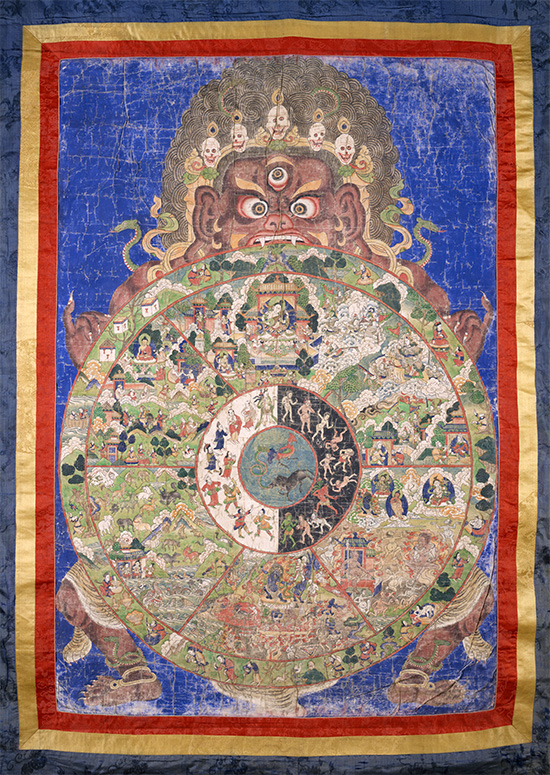
This object from the Rubin Museum’s collection is presented in the Reimagine exhibition in dialogue with LuYang’s artworks, inviting new ways of encountering traditional Himalayan art.

